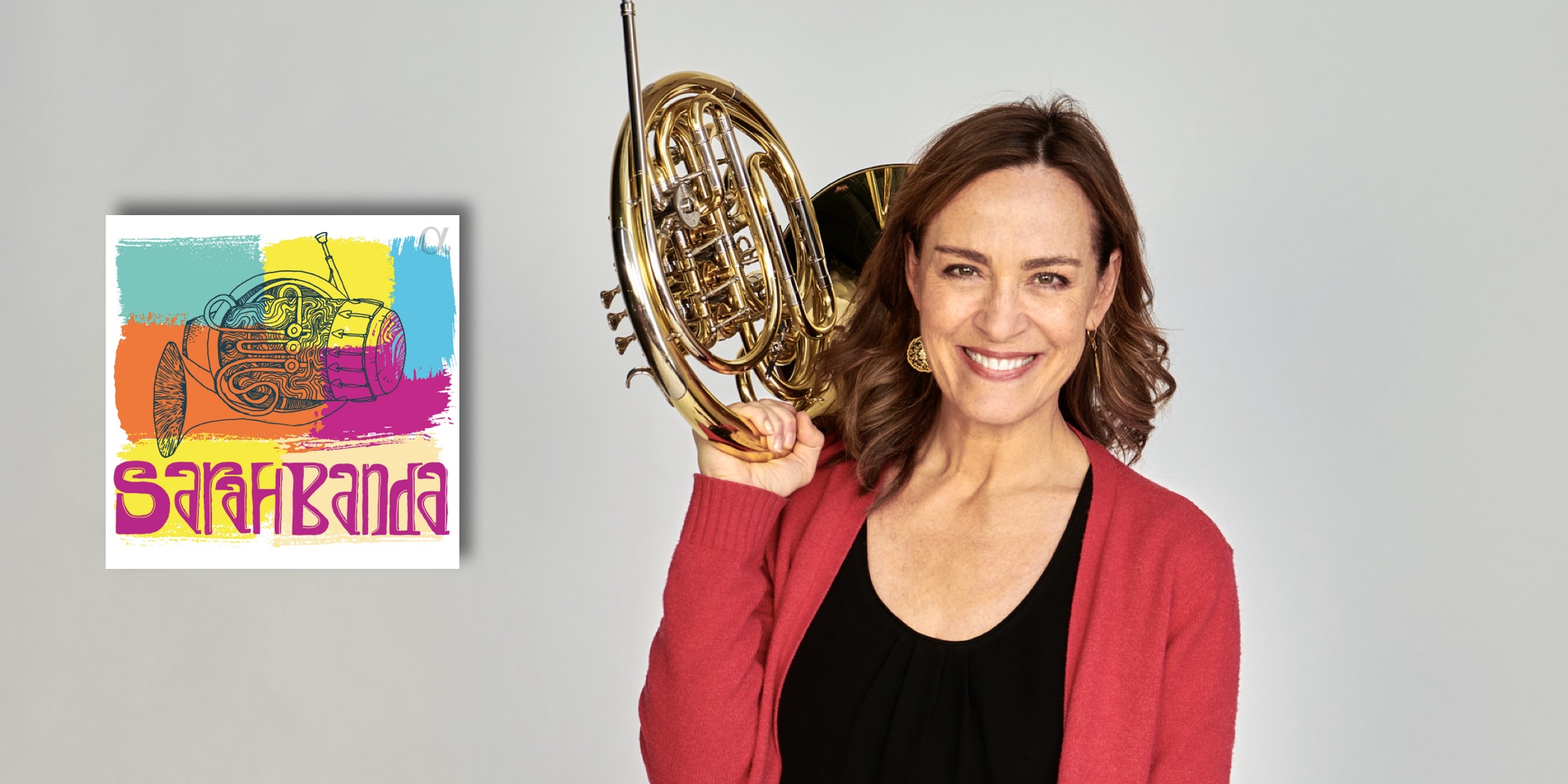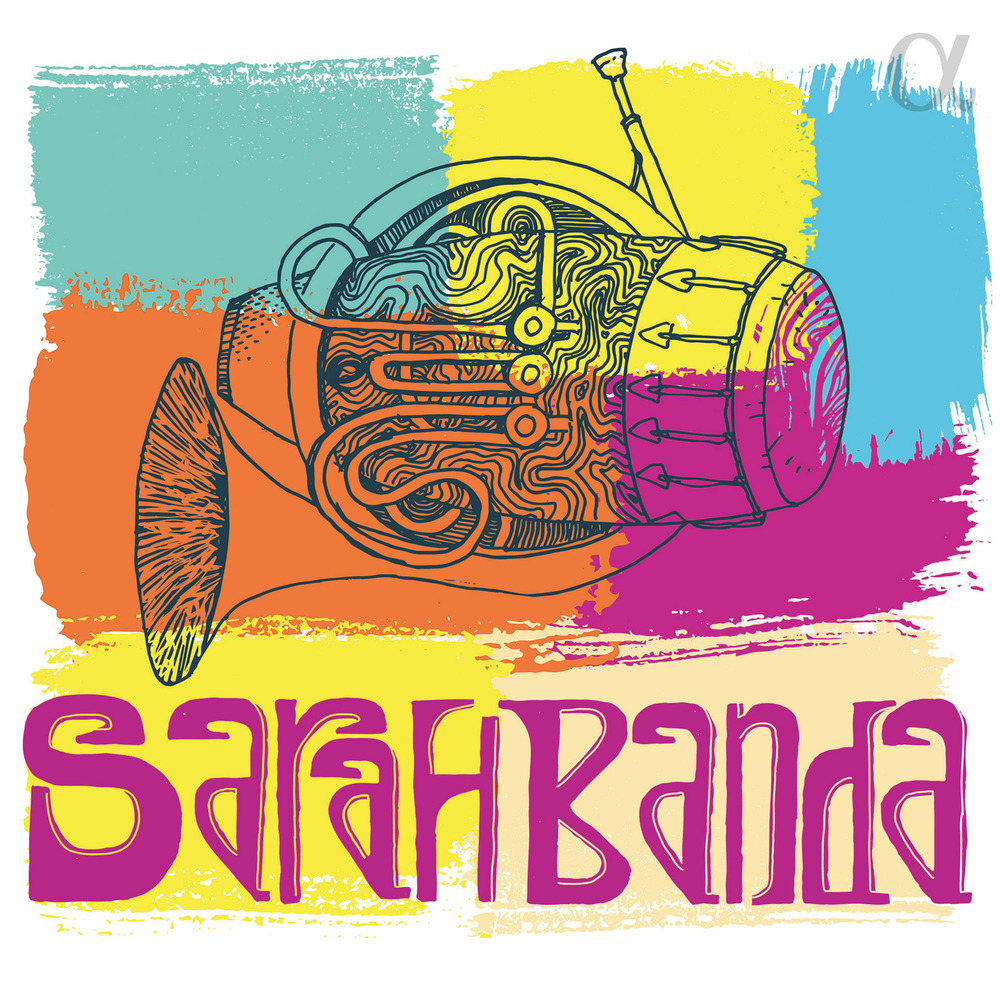-
Sarahbanda€17,99 – €30,99
The Sarahbanda was an idea born from the Mozart y Mambo trilogy. Could you tell us about your thought process during and after those 3 albums and the formation of the Sarahbanda? Also, what inspired you originally to make the Mozart y Mambo albums?
The short answer to this question is that I fell in love with Cuban music when I heard the Buena Vista Social Club for the first time. I went to Havana in 2017 to dance salsa, but met the Havana Lyceum Orchestra who were playing a concert of works by W.A. Mozart that evening. I was so impressed with how they played Mozart, but I was sad at the state of the instruments they were playing on, and I decided on the spot I wanted to do something to help. So together, we came up with a plan to record the Mozart horn concertos in Havana and, also, because I love Cuban music so much, mix some Mozart with Cuban rhythms, thus creating a whole new repertoire for the French horn. My Cuban band, The Sarahbanda, was formed during the Mozart y Mambo project basically because, although I also wanted to get closer to the band culture of the Cuban popular music.
There are no French horns in any band in Cuba. I am not sure if there is any French horn in any salsa band all over the world. Ever since I was little I wanted to play in a band, and here it was Cuban band culture that I wanted to experience. The only way I could do that was to form a band of my own and I asked some of Cuba’s most talented popular musicians to join me. On every Mozart y Mambo album, the Sarahbanda recorded one piece. When all the Mozart horn concertos were recorded and our album trilogy was completed we decided that we wanted to take our band to the next level. That’s when we decided to release an album of our own. Sarahbanda was released on September 6th, 2024.
Mozart y Mambo was received extremely well both in the classical community and the pop and Latin community. Is it safe to say that this new album is even more firmly rooted in traditional and modern Cuban music? And if so, in what ways did you intentionally achieve that goal?
We are absolutely thrilled and happy that Mozart y Mambo reached all kinds of different communities. The people who were interested in me playing Mozart also discovered Cuban music. And the people who were interested in Cuban music listened to classical music on the albums as well. So it was a win-win situation!
For us, this new album Sarahbanda is a journey through Cuban musical history. We have included Cuban classics like Chan Chan and Pare Cochero up to the present day with covers of famous songs like Sandunguera and Contigo en la Distancia. We also include two new wonderful compositions by two of our band members, Yuniet Lombida and Aylín Pino.
Everything about the album is Cuban (except for me!) including the cover and booklet artwork design done by a wonderful Cuban designer, Rubén Cabrera. All the songs are Cuban or arranged by Cuban musicians – Jorge Aragón, our pianist and Edgar Olivero.
Jorge and Edgar were also the two main arrangers for the Mozart y Mambo project. So, yes, the album is very firmly rooted in traditional and modern Cuban music. Because of my classical music background, I wanted to add a little classical twist as well, and that’s where the Romanza and the Habanera come in. My Cuban musician friends enjoy playing that as much as I enjoy playing their music.
How did you select the players whom you invited to join on this adventure?
Well, as I said before, I invited some of Cuba’s most talented, wonderful and well-known popular musicians to join me. A couple of the musicians I knew already from the Havana Lyceum Orchestra and Yuniet Lombida, the saxophonist, is our musical director. He is the boss because he has his feet firmly in the popular music scene, and he knew whom to ask to play in the band. He is also the one who told me: “Sarah, if you can’t dance Cuban music, you can’t play Cuban music”. So learn to dance all these different rhythms I did!
I’ve never had so much fun in a recording studio in my life as I had whilst recording Sarahbanda. And I’m so grateful to these musicians for going on this journey with me, because – as Aylín says in the promotion video – you can’t explain Cuban music. You have to listen to it, and you have to play it”. I’m learning every day with them and I am very grateful for that.
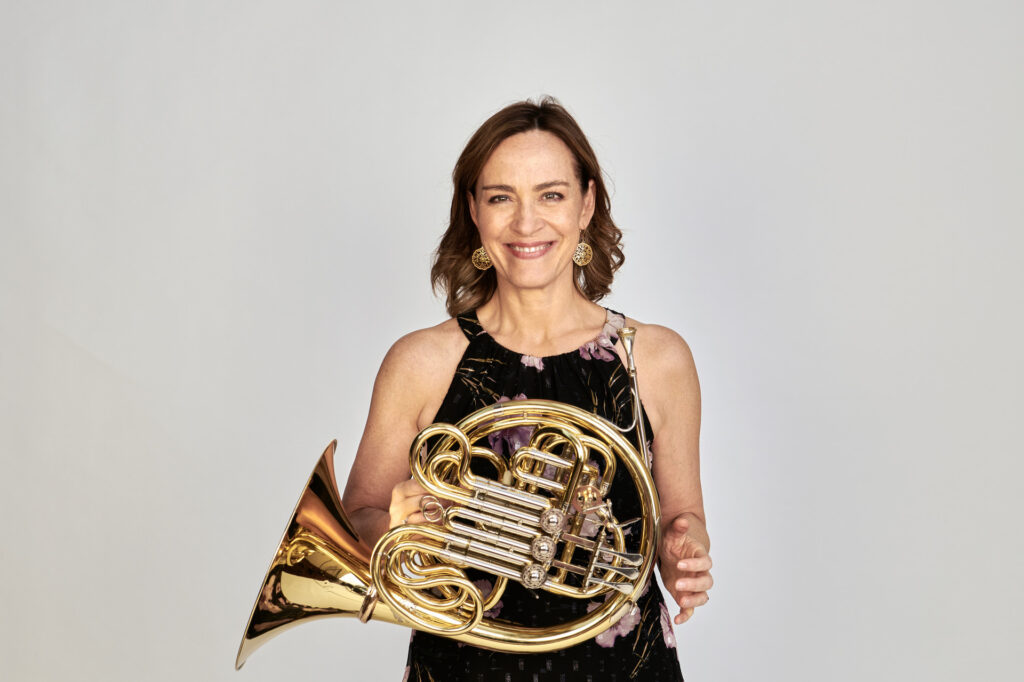
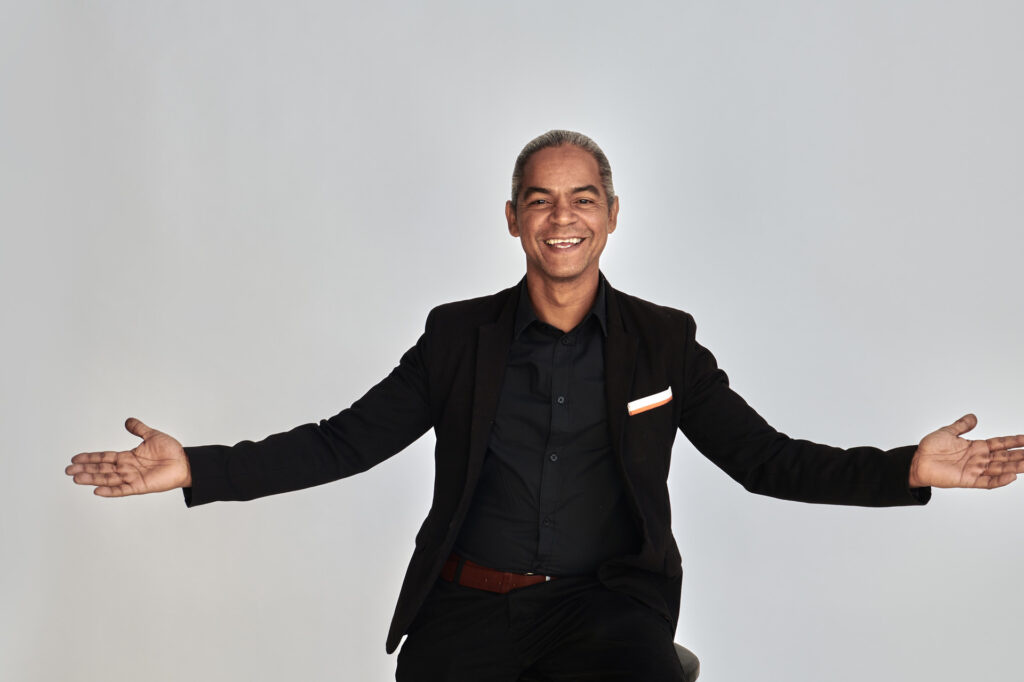
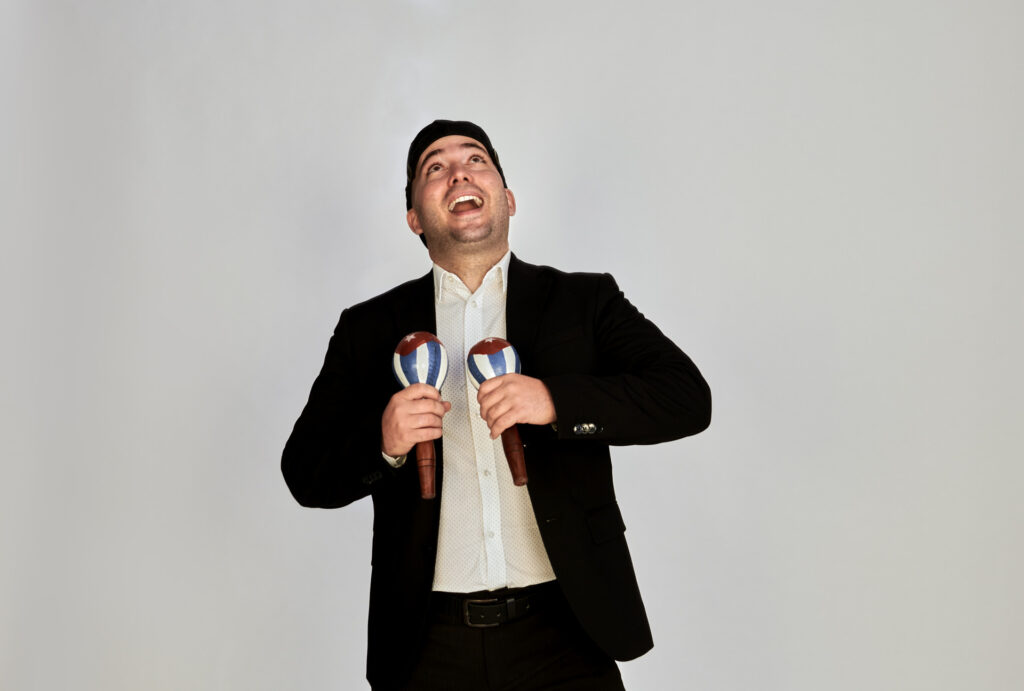
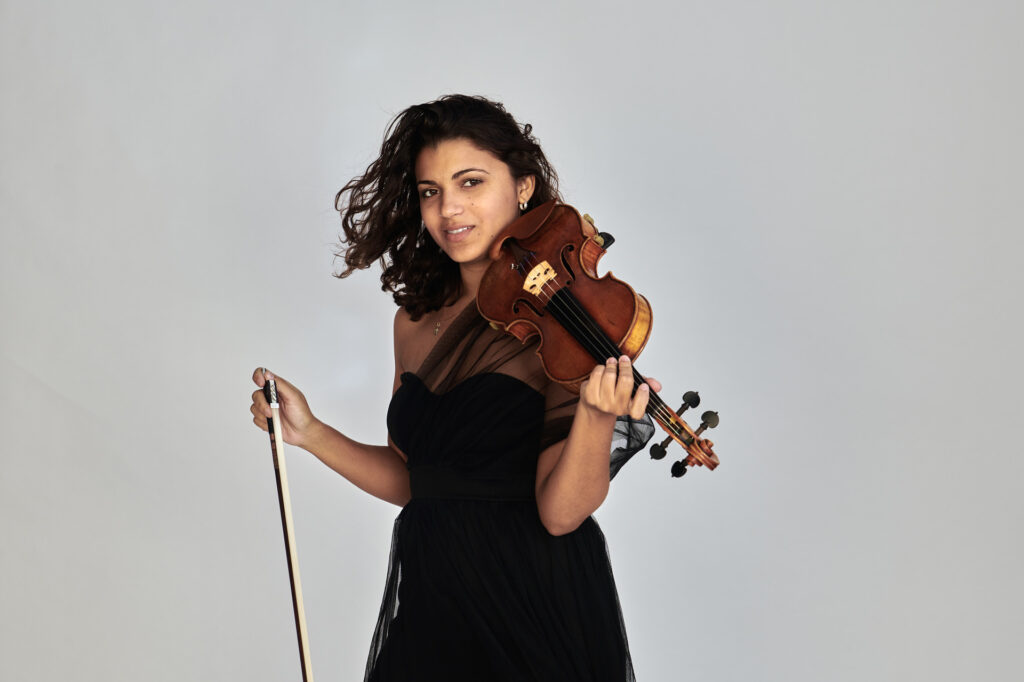

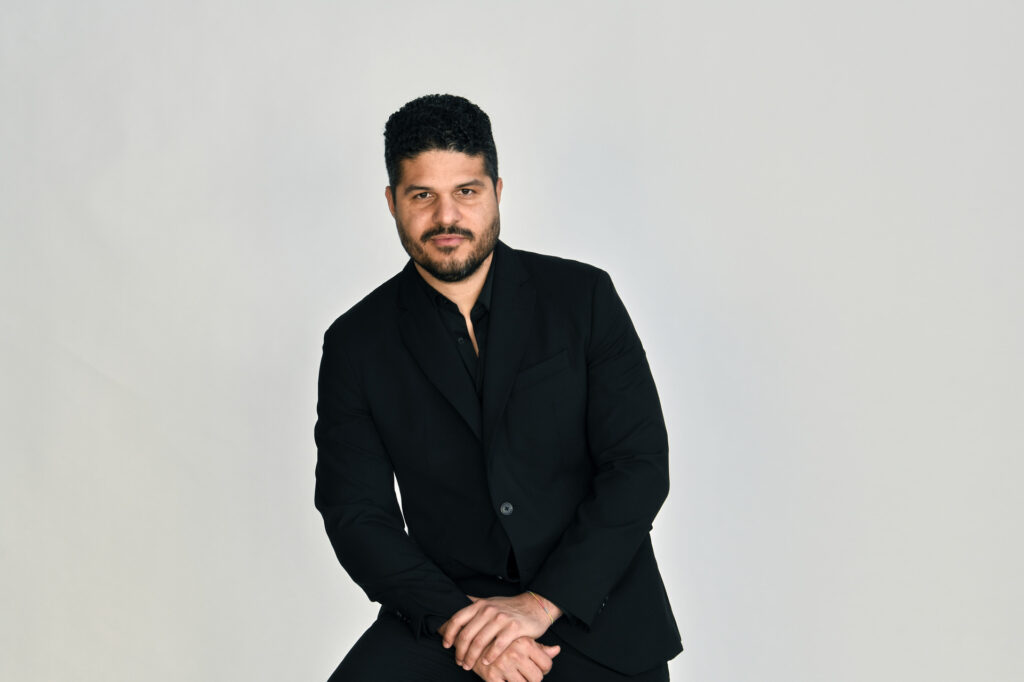
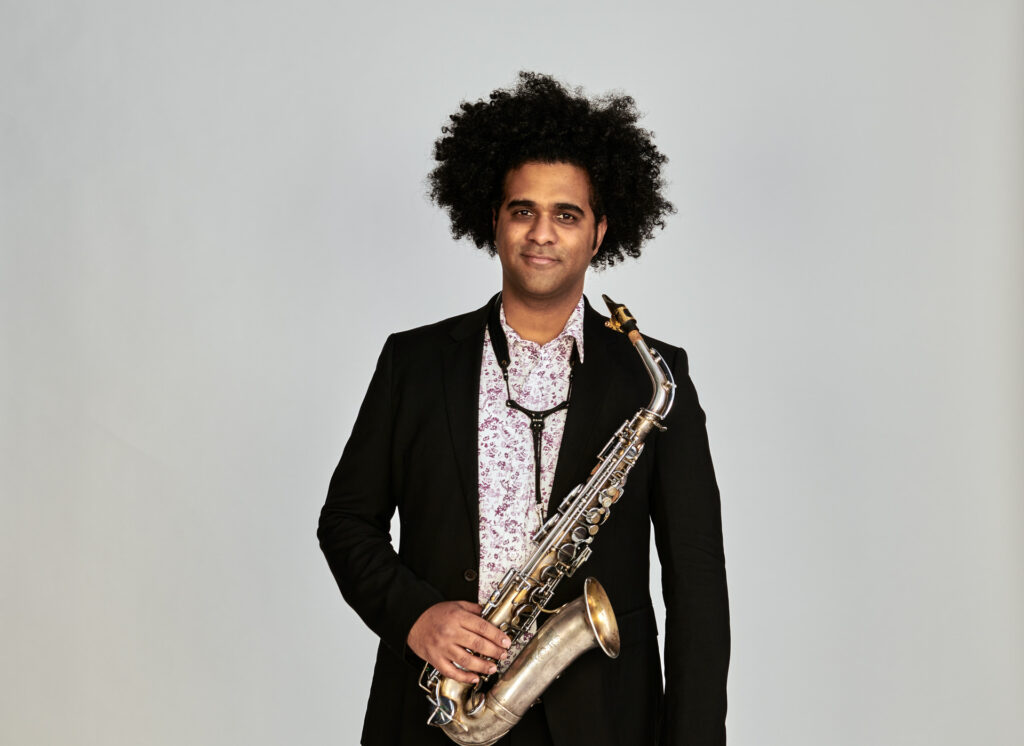
Can you give some specific examples of how your playing needed to change in order to fuse with the band? Did the band have to adapt to fuse the horn?
The first album came out in 2020, and now we are in 2024, so we’ve had an album every year. I could play the horn already before I went on this journey, but being with these Cuban musicians, there are a few things that I’ve really had to improve and my playing has certainly evolved in the past 4 years. My rhythm is better – there’s no way you can get slower or drag in Cuban music. You must have fantastic rhythm to play with a Cuban band, otherwise they just leave you behind. I had to find a different way of articulation, to project my sound and also to blend with the saxophone better. So, I’ve had to work on that. I’ve also had to find a different position for the horn – I stand facing with my bell more out to the audience. Otherwise, they just wouldn’t hear me because usually we horns point backwards.
Now this is a very interesting thing about Sarahbanda. We are a completely acoustic band. We don’t record like most salsa bands with everything amplified and also musicians recording their parts in different places – one guy recording something in Miami who sends the track to a guy in Havana who records on top of it, etc, etc.
We recorded Sarahbanda all in the same room – our recording engineers Andreas Wolf and Marcus Mittermeyer are geniuses. How they did that, I really don’t know, but every instrument sounds amazing. There is no interference between different instruments on each microphone. I’m not sure how to explain that, but I think you know what I mean. And the mix is really, really fantastic. The other thing that my musicians do which is unusual in a salsa band is to play dynamics. Salsa bands usually start loud and finish even louder. But with me, they have to do some echoes, make colours, make diminuendos, crescendos. They say they’ve really enjoyed that part as well, putting the colour into what we’re playing. So, yes, the band has also adapted. They listen. The radar in this band is incredible. It is a give and take on both parts, and I love it.
-
Sarahbanda€17,99 – €30,99
You recorded in the Traumton Studios in Berlin. Why was this location chosen?
Our recording engineer Andreas Wolf knew this recording studio. I had heard of it, but I’d never been there. It’s about half an hour train ride from my house, and it was February when we recorded there, freezing cold and snow outside. Cubans don’t like cold weather, but we made it into the studio every day and then the temperature went up inside. It got very hot in there with all these fiery Cuban Latin rhythms happening. We forgot that outside it was cold, so it was always a shock when we went home in the evenings. Our promo video on YouTube makes me smile every time I see it – Cubans in the cold!
We have great memories of Traumton and I will definitely be going back there to record again. Maybe the next Sarahbanda album… who knows?
Can we expect more music recordings of the amazing Sarahbanda in the future?
Yes you can! We’re already planning our next album and are happy to receive any repertoire suggestions from your readers! We want to keep it as Cuban as we can because we want to promote Cuban music all over the world. My own personal mission is to take these amazing musicians all over the world. Right now, I’m answering these questions from Switzerland where we are playing in the Swiss Chamber Music Festival. We just did an educational concert this morning where we demonstrated Cuban music to a whole school. We were told beforehand how the Swiss children are a little bit reserved, a little bit quiet. But the kids went completely bananas at the end! They clapped, stood up, danced, sang with us – it was very touching. It’s also so special for me to watch my musicians discover different countries and cultures. Here in Switzerland we had to stop and take photos of the cows… there are not many cows in Cuba anymore. It made me laugh. So it’s a real cultural experience for us all here as well as a musical one.
The whole point of the Sarahbanda is that we’re a family. Each time we make music together, we can’t wait to meet again. Our concerts are always one big party on stage and where there is big love, there is great music.
We want to thank Sarah for her time in answering our questions. Please visit her website for extra information about everything she is doing, and to contribute to her charity Instruments for Cuba.
www.thesarahbanda.com
www.sarah-willis.com/instruments-for-cuba
-
Sarahbanda€17,99 – €30,99
